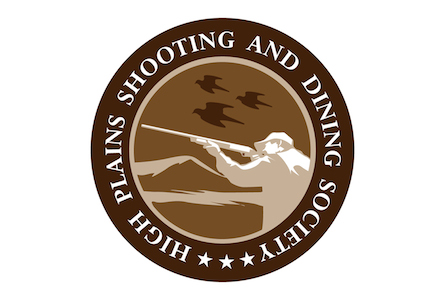Butt, Belly, Beak .. Bang! How to shoot a pheasant
Pheasants can be a bit deceptive because so much of the bird is made up of tail feathers. Especially on a male pheasant with beautiful plumage where the entire bird is almost three feet long and the back half to two thirds is feathers. Since our shoot will be a European style shoot with pheasants heading towards us I will pass on some information I have gained, mostly through experience by doing it wrong. The pheasants we will be shooting, 15 birds released per gun, are a bit easier to hit than quail or even skeet and they really do taste better than skeet.
First you need to be ready for a bird flying your direction and when it is, you can take your time to lift your gun smoothly, take the safety off and keep the barrel under the bird so that as it approaches your vision is not obstructed. With the gun in your shoulder and your cheek on the stock keep your eyes focused on the pheasant. Let your gun follow the flight of the bird and start moving ahead, thus as the old Brits used to say in the glory days of driven hunts in the 1800’s, you can say to yourself as the gun moves past the tail (butt) through the body (belly) and then past the head (beak) and keeps on moving with the same speed as the bird you pull the trigger (bang). In a very quick moment you can tell if you shot was good and if not since you have kept you gun moving, staying in front of the head you can pull the trigger once more and watch out so you don’t get hit when it falls from the sky.
Because the pheasants are generally coming your direction they will usually be off to one side of the other and the distance laterally will dictate how much additional lead your second shot will require. Once again, keep your head in the shotgun, the barrel slightly below so that you do not block the bird from your vision and you continue to focus on the bird and let the computer in head tell your finger when to pull the trigger. It sounds a bit harder than it is but mistakes that are often made include getting excited and trying shoot too soon, attempting to use the bead on your shotgun and aim with the focus on the bead and not the bird and not keeping the barrel moving, even after the trigger has been pulled. You might give this a bit of thought in the next few weeks and after you have made sure you gun is empty practice in the privacy of your own home or backyard swinging the shotgun smoothly while visualising a pheasant and saying to yourself Butt, Belly, Beak … Bang. (Don’t do this practice stuff in your front yard or where your neighbors can see you and call the police to report the crazy guy with a gun, that is not a good idea at all.)


Recent Comments